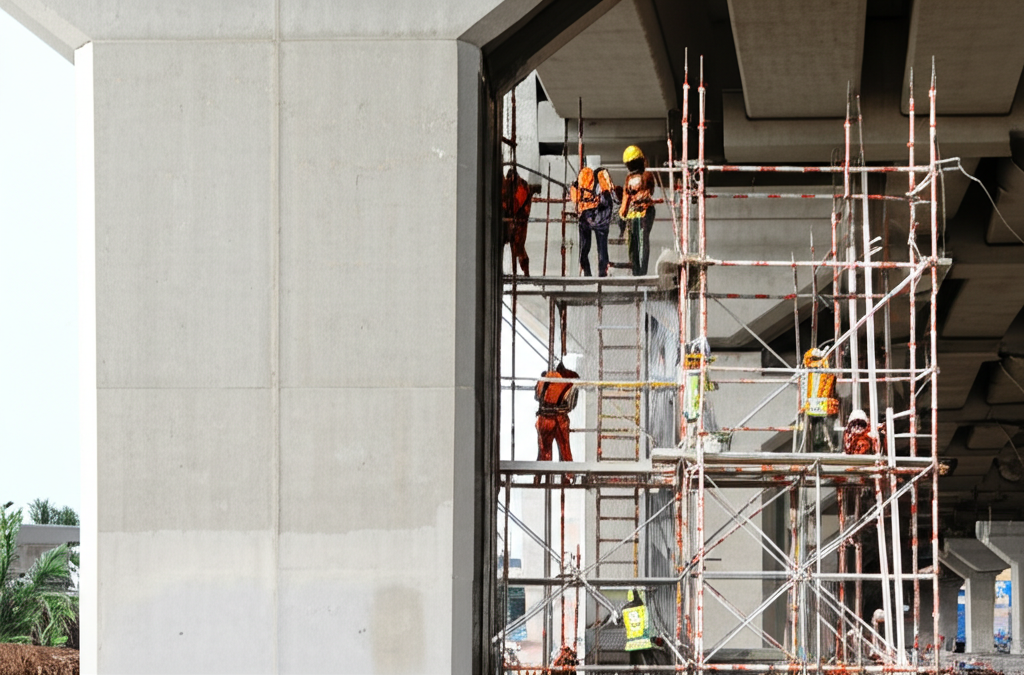Concrete Rehabilitation: New Approaches for Aging Infrastructure

The Philippines faces a growing infrastructure challenge as bridges, dams, ports, and buildings constructed during the building boom of the 1970s and 1980s reach critical deterioration points. Traditional concrete rehabilitation methods often fall short in terms of precision, speed, and long-term durability.
The Limitations of Traditional Methods
Conventional concrete rehabilitation using jackhammers, chipping hammers, and mechanical scarifiers presents several challenges:
- Micro-cracking that extends damage beyond the repair area
- Imprecise material removal leading to unnecessary concrete loss
- Rebar damage requiring additional repairs
- Excessive noise and vibration in sensitive environments
- Dust generation creating environmental and health concerns
Hydro Demolition: Precision Rehabilitation
Hydro demolition—the use of high-pressure water jets for concrete removal—represents a significant advancement in rehabilitation techniques:
Selective Removal
Water naturally follows the path of least resistance, removing deteriorated concrete while leaving sound material intact. This selective removal ensures that only compromised material is targeted.
Rebar Preservation
Unlike mechanical methods, hydro demolition cleans and exposes rebar without causing damage, eliminating the need for additional steel repairs.
Superior Bonding Surface
The textured, aggregate-exposed surface created by water jets provides up to 3x stronger bonding for repair materials compared to mechanically prepared surfaces.
Automated Precision
Automated hydrodemolition robots with programmable nozzle positioning and adaptive path-following — engineered for material removal, not precision machining — ensure consistent results regardless of operator skill.
Case Example: Bridge Rehabilitation
A recent project rehabilitating a major bridge in Central Luzon demonstrated the advantages of hydro demolition:
- 40% faster completion compared to mechanical methods
- Zero rebar damage throughout the project
- Reduced repair material consumption due to precise removal
- Minimal traffic disruption due to faster execution
- Extended service life projections based on superior bond strength
As the Philippines continues to invest in both maintaining existing infrastructure and building new assets, integrating advanced rehabilitation techniques like hydro demolition will be essential for maximizing the return on these investments.
